Comprehensive peptide mapping of biopharmaceuticals utilizing electron activated dissociation (EAD)
Featuring the SCIEX ZenoTOF 7600 system with EAD and Protein Metrics software
Zoe Zhang1, Kerstin Pohl1, Takashi Baba2, Pavel Rumin2, Bill Loyd2, Jason Causon2 and Elliott Jones1
1SCIEX, US; 2SCIEX, Canada
Abstract
The automated characterization of challenging post-translational modifications (PTMs), the confirmation of amino acid (AA) isomers and a streamlined, simplified disulfide mapping approach will be presented in this work. An unprecedented in-depth characterization can be routinely achieved using electron activated dissociation (EAD)1,2 as part of a fully automated data-dependent acquisition (DDA) workflow that includes processing with Protein Metrics software.
As next generation biologics become more complex and sophisticated in terms of structure, the requirements of analytical tools for characterization and quality assessment are consequently increasing. Traditionally used collision-induced dissociation (CID) has a number of limitations in PTM localization. It is limited in its ability to determine peptide side chains and in its disulfide mapping capabilities. Alternative fragmentation, however, struggled with sensitivity, reproducibility, and acquisition speed. These fundamental limitations have restrained the widespread adoption of alternative fragmentation as the primary technique for peptide mapping.
Developed to address the rigorous analytical challenges of biopharmaceuticals, the ZenoTOF 7600 system (Figure 1) is uniquely capable of facilitating EAD at speeds up to 20 Hz and offers sensitivity enhancements using the patented Zeno trap. In addition, quantitative reproducibility is accomplished through a reagent-free fragmentation technique. In-depth peptide mapping of new and complex molecules, as well as standard monoclonal antibodies (mAb), can be achieved with the system in a fully automated fashion. Increased MS/MS sequence coverage, PTM characterization and AA isomer elucidation can be accomplished with this newly designed type of mass spectrometer.
Key features of the SCIEX ZenoTOF 7600 system
- New depths of peptide mapping analysis: EAD with fast DDA enables alternative fragmentation for routine, in-depth analysis of next generation protein therapeutics and standard mAbs
- Higher levels of structural information: Changing the mechanism of fragmentation by tuning the electron energy may provide a higher level of structural information, particularly suited for glycopeptides, AA isomer differentiation and disulfide mapping
- Higher MS/MS sensitivity: Increased detection of fragments (5 to 10 fold) using the Zeno trap enables higher confidence in data assignment
- High reproducibility: Reproducible fragmentation with EAD for singly, doubly, and multiply charged ions enables analysis of more precursors than other alternative and low reproducibility fragmentation techniques
- Streamlined and easy-to-use: Fully automated data acquisition in DDA mode using EAD with SCIEX OS software, and automated data interpretation with Byos software (Protein Metrics Inc.) simplifies the entire user experience
Figure 1. The SCIEX ZenoTOF 7600 system. The system is a new type of mass spectrometer combining ease-of-use with excellent data quality and remarkable versatility.
Overview of EAD-based characterization
CID is the most common form of MS/MS fragmentation employed in biotherapeutic peptide mapping analysis today. However, some analytical questions cannot be answered with CID, thus they require different technologies. Alternative fragmentation techniques have been used in the past, but lack broad adoption due to limitations with regards to sensitivity, reproducibility, and acquisition speed.
EAD is an ideal tool for addressing these challenges of complex biotherapeutic characterization in an automated way as part of a DDA workflow. Examples shown here include:
- Increased sequence coverage for challenging peptides with EAD compared to other fragmentation techniques
- Easier identification and localization of fragile PTMs, which is especially useful for next generation protein therapeutics
- Identification of AA isomer as potential critical quality attributes
- Improved disulfide mapping leveraging the preference of EAD to cleave disulfide bonds
Improved sequence coverage, PTM identification and localization
CID provides great reproducibility, good sensitivity, and high acquisition rates that allow for a comprehensive coverage of analytes and are compatible with chromatographic time-scales. CID has limitations with regards to fragile PTMs, however. Achieving great MS/MS sequence coverage and information on the exact localization of fragile PTMs at the same time can only rarely be addressed with CID.
For a phosphorylated peptide from a fetuin digest, the optimized CID spectrum shows a good sequence coverage, but phosphoric acid losses (-98 amu), due to the dissociation of the fragile modification alongside with water from the peptide backbone (encircled fragments in Figure 2, top). As a consequence, the confident localization of the fragile modification is impeded, especially when putative phosphorylation sites increase.3 Conversely, the fragmentation of the same peptide with EAD does not only provide significantly higher fragment coverage (Figure 2, bottom), but also allows for the accurate localization of the phosphorylation at the same time proven by diagnostic ions such as c8-c10 and z14 (Figure 2, bottom). The standard energy of 7 eV used for EAD specifically targets the fragmentation of the peptide backbone providing comprehensive fragment information, but is soft enough to maintain fragile modifications (encircled fragments in Figure 2, bottom).
Figure 2. MS/MS spectra of a phosphorylated peptide. Peptide from tryptic digest of fetuin was fragmented with CID (top) and EAD (bottom). In the case of CID, fragments showed phosphoric acid losses (-98), whereas EAD preserved the fragile modification on the fragments (encircled ions).
Figure 3. Spectra of a glycosylated peptide. Peptide from tryptic digest of a monoclonal antibody (NISTmAb). The G0F-containing peptide was fragmented with CID (top) and EAD (bottom). In the case of CID, fragmentation of the peptide backbone is limited. EAD provides significantly better fragment coverage as well as indicative ions with preserved glycosylation (encircled) for confident localization of the modification.
Figure 3, shows the MS/MS spectra for a glycosylated peptide from a monoclonal antibody (G0F-containing peptide from NISTmAb) acquired with either Zeno CID or Zeno EAD. In the case of glycosylated peptides, CID can either provide fragment information of the fragile glycans when applying low collision energies or of the peptide backbone when high collision energies are used, but not both in the same MS/MS spectrum with high quality (Figure 3, top). Identification of the peptide is therefore limited, and the exact localization of the modification quite often impossible, especially in the case of multiple potential modification sites. Using Zeno EAD, a rich MS/MS spectrum was produced (Figure 3, bottom). It contains peptide sequence information as well as diagnostic oxonium ions and fragment information with the intact glycan attached (encircled ions in Figure 3, bottom) allowing for thorough identification of the peptide and exact determination of the position of the glycan. This is in alignment with EAD achieving very comprehensive fragment coverage, while the coverage obtained with CID is significantly lower (Figure 3). Further information on glycopeptide analysis with Zeno EAD can be found in a previous technical note.4
Differentiation of AA isomers
AA isomers are an important category of quality attributes and can affect the structure and function of protein therapeutics. Two key examples are aspartic acid (Asp) and isoaspartic acid (isoAsp), as well as leucine (Leu) and isoleucine (Ile).5,6 CID derived b- and y-ion fragments do not provide enough information to distinguish these isomers. However, each of these isoelemental AA pairs can be differentiated using diagnostic fragment ions derived from EAD (Figure 4 and 5, respectively).
Figure 4. Formation of c+57 ion and z-57 ion from isoAsp by EAD.
Figure 5. Secondary fragmentation for Leu and Ile by EAD. The zion of Leu experiences a 43 Da side chain loss, while that of Ile experiences a 29 Da side chain loss, resulting in w-ions.
Figure 6 demonstrates the difference in fragmentation for a peptide containing either isoAsp or Asp. Although both peptides found in a mAb digest were chromatographically separated, alternative fragmentation is needed to confidently distinguish between the two forms. Using Zeno EAD the peptides could be differentiated based on the diagnostic ions z3-57 and c13+57 (Figure 6A). This allowed for unambiguous identification of the isomer during a standard peptide mapping acquisition. Using a DDA approach and Protein Metrics software allowed for an automated characterization of this potentially critical quality attribute.
Figure 6. Data of deamidated peptide VVSVLTVLHQDWLNGK from a mAb digest. A: XIC of isoAsp containing version of the deamidated peptide with Zeno EAD MS/MS spectra showing diagnostic fragment ions z3-57 and c13+57. B: XIC of deamidated peptide and respective Zeno EAD MS/MS spectra lacking z-57 or c+57 ions, as expected.
A similar determination can be made for Leu and Ile containing peptides derived from a mAb digest (Figure 7). The diagnostic losses of 43 Da of the z6 and z13 confirm the presence of two Leu for the peptide EVQLVESGGGLVQPGR (Figure 7A) at the positions L4 and L11. For the small doubly-charged peptide TISKAK, Ile was confirmed at position I2 with z5-29 using EAD (Figure 7B) with high quality data. Differentiating Ile and Leu at the protein level is key for complying with regulatories’ requirements for confirming the sequence of a biotherapeutic sample.
Figure 7. EAD spectra of peptides containing Leu and Ile from a mAb digest. A: both diagnostic z-43 Da fragments were found confirming two Leu in the peptide sequence at position L4 and L11. B: the diagnostic z-29Da was identified, confirming an Ile at position I2.
Disulfide mapping
Another important facet of protein therapeutic characterization is the ability to characterize disulfide bonds. Since disulfide bonds are affecting the overall structure of the molecule, their characterization is of primary importance to ensure an effective drug. MS data can provide the mass of the connected peptides, but in a peptide mapping experiment based on CID these bonds cannot be fragmented. This limits the information on the identity of the bound peptides and their sequence. In contrast, EAD has proven to be particularly useful for this type of analysis, since the disulfide bond is cleaved, allowing for information on the previously bound peptides separately and enhanced MS/MS information on their sequences (Figure 8). The high score achieved for the base peptide (SGTASVVCLLNNFYPR) of 590 and the one of the cross-linked peptide (VYACEVTHQGLSSPVTK) of 379 confirm that, since CID frequently results in low scores for the cross-linked peptides. Achieving this level of information without the need to analyze a reduced, digested sample is not only very efficient (one injection workflow without additional sample preparation), but also reduces the risk of misalignment in data interpretation when analyzing two different sample preparations. The EAD derived MS/MS data allowed for greater confidence in assignment of the two peptides as both peptides were found in their +1 and +2 charge states after the cleavage of the disulfide bond using EAD (Figure 8). In addition, a great MS/MS sequence coverage of the peptides could be achieved with EAD. EAD as part of a DDA workflow can be performed using a standard electron energy and with high acquisition rates which are compatible with peptide mapping requirements at analytical flow rates. This enables disulfide mapping alongside general peptide mapping experiments without the need for separate MS methods or injections.7,8
Figure 8. Spectra of a disulfide-bonded peptide. Peptide from non-reduced tryptic digest of a monoclonal antibody (NISTmAb), which was fragmented using Zeno EAD.
Conclusions
- Highly effective peptide mapping analyses are enabled through descriptive fragmentation of EAD in an automated DDA workflow
- Significant enhancement of fragments with high acquisition rates allowed for correct assignment of challenging, low abundant species using Zeno EAD, when compared to traditional TOF pulsing
- The identification and exact localization of labile modifications was shown, improving characterization and quality assessment of mAbs and complex next generation protein therapeutics using alternative fragmentation with EAD
- Applying alternative fragmentation in a routine manner enables scientists to get answers for challenging questions faster, with the ZenoTOF 7600 system and easy-to-use SCIEX OS software
- Accurate and automated data assessment directly from EAD raw data is accomplished using software from Protein Metrics, which offers a complete biopharma processing suitecontent here
References
- Baba T et al. (2015) Electron capture dissociation in a branched radio-frequency ion trap, Anal Chem, 87, 785−792.
- Baba T et al. (2021) Dissociation of biomolecules by an intense low-energy electron beam in a high sensitivity time-of-flight mass spectrometer. Accepted by JASMS.
- Potel Clement et al (2019) Phosphopeptide fragmentation and site localization by mass spectrometry: an update. Anal Chem 91(1),126-141.
- A new electron activated dissociation (EAD) approach for comprehensive glycopeptide analysis of therapeutic proteins. SCIEX technical note RUO-MKT-02-12980-A.
- Differentiation of aspartic and isoaspartic acid using electron activated dissociation (EAD). SCIEX technical note RUO-MKT-02-12550-B.
- Differentiation of leucine and isoleucine using electron activated dissociation (EAD). SCIEX technical note RUO-MKT-02-12605-B.
- Confirmation of disulfide linkages in adalimumab using electron activated dissociation (EAD). SCIEX technical note RUO-MKT-02-12913-B.
- Evaluation of biotherapeutic sequence coverage using electron activated dissociation (EAD). SCIEX technical note, RUO-MKT-02-12920-B.
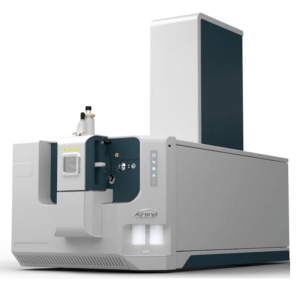 Click to enlarge
Click to enlarge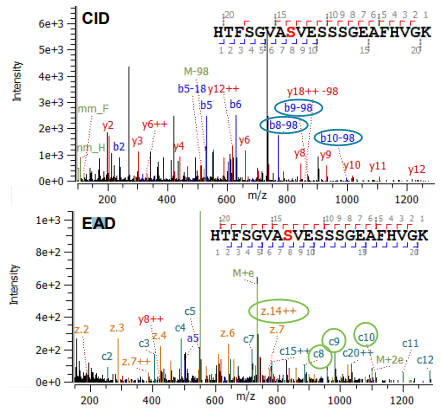 Click to enlarge
Click to enlarge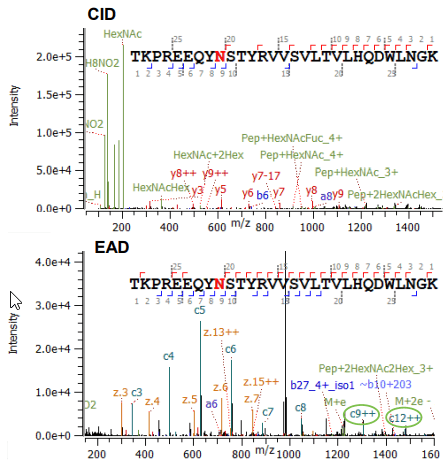 Click to enlarge
Click to enlarge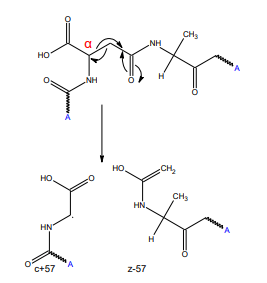 Click to enlarge
Click to enlarge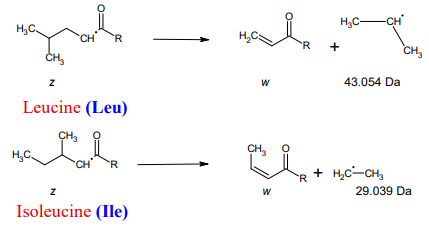 Click to enlarge
Click to enlarge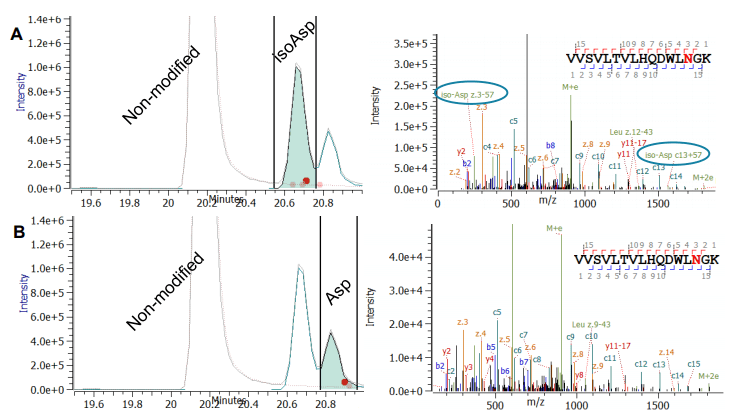 Click to enlarge
Click to enlarge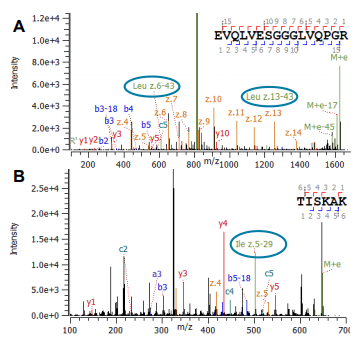 Click to enlarge
Click to enlarge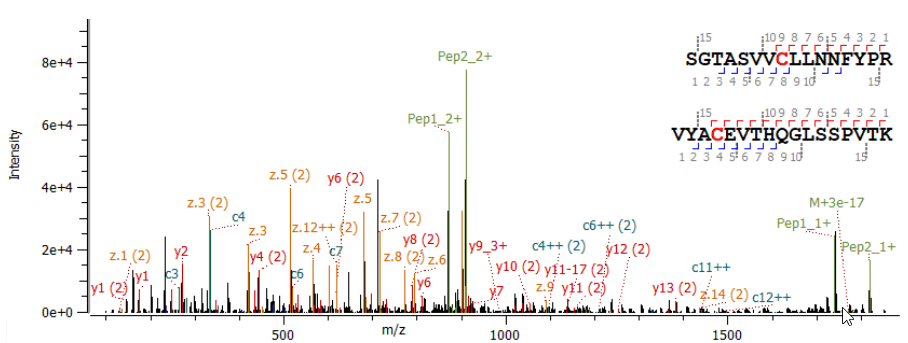 Click to enlarge
Click to enlarge